hosam mazen
Basic Structure of the Education System in the Federal Republic of Germany
- Diagram
Diagram of the basic structure of the education system. The distribution of the school population in grade 8 as per 2007 taken as a national average is as follows: Hauptschule 20.6 per cent, Realschule 26.5 per cent, Gymnasium 33.4 per cent, integrierte Gesamtschule 8.5 per cent, types of school with several courses of education 6.4 per cent, special schools 3.8 per cent.
The ability of pupils to transfer between school types and the recognition of school-leaving qualifications is basically guaranteed if the preconditions agreed between the Länder are fulfilled. The duration of full-time compulsory education (compulsory general education) is nine years (10 years in four of the Länder) and the subsequent period of part-time compulsory education (compulsory vocational education) is three years.
1 In some Länder special types of transition from pre-school to primary education (Vorklassen, Schulkindergärten) exist. In Berlin and Brandenburg the primary school comprises six grades.
2 The disabled attend special forms of general-education and vocational school types (partially integrated with non-handicapped pupils) depending on the type of disability in question. Designation of schools varies according to the law of each Land.
3 Irrespective of school type, grades 5 and 6 constitute a phase of particular promotion, supervision and orientation with regard to the pupil's future educational path and its particular direction (Orientierungsstufe or Förderstufe).
4 The Hauptschule and Realschule courses of education are also offered at schools with several courses of education, for which the names differ from one Land to another. The Mittelschule (Sachsen), Regelschule (Thüringen), Erweiterte Realschule (Saarland), Sekundarschule (Bremen, Sachsen-Anhalt), Integrierte Haupt- und Realschule (Hamburg), Verbundene oder Zusammengefasste Hauptund Realschule (Berlin, Hessen, Mecklenburg-Vorpommern, Niedersachsen) Regionale Schule (Mecklenburg-Vorpommern, Rheinland-Pfalz), Oberschule (Brandenburg), Duale Oberschule (Rheinland-Pfalz), Regionalschule (Schleswig-Holstein) and Gemeinschaftsschule (Schleswig-Holstein), as well as comprehensive schools (Gesamtschulen) fall under this category. 5 The Gymnasium course of education is also offered at comprehensive schools (Gesamtschule). In the cooperative comprehensive schools, the three courses of education (Hauptschule, Realschule and Gymnasium) are brought under one educational and organisational umbrella; these form an educational and organisational whole at the integrated Gesamtschule. The provision of comprehensive schools (Gesamtschulen) varies in accordance with the respective educational laws of the Länder.
6 The general education qualifications that may be obtained after grades 9 and 10 carry particular designations in some Länder. These certificates can also be obtained in evening classes and at vocational schools.
7 Admission to the Gymnasiale Oberstufe requires a formal entrance qualification which can be obtained after grade 9 or 10. At present, in the majority of Länder the Allgemeine Hochschulreife can be obtained after the successful completion of 13 consecutive school years (nine years at the Gymnasium). Yet in almost all Länder the gradual conversion to eight years at the Gymnasium is currently under way, where the Allgemeine Hochschulreife can be obtained after a 12-year course of education.
8 The Berufsoberschule has so far only existed in a few Länder and offers school-leavers with the Mittlerer Schulabschluss who have completed vocational training or five years’ working experience the opportunity to obtain the Fachgebundene Hochschulreife. Pupils can obtain the Allgemeine Hochschulreife by proving their proficiency in a second foreign language.
9 The Fachoberschule is a school type lasting for two years (grades 11 and 12) which admits pupils who have completed the Mittlerer Schulabschluss and qualifies them to study at a Fachhochschule. Pupils who have successfully completed the Mittlerer Schulabschluss and have been through initial vocational training can also enter the Fachoberschule directly in grade 12. The Länder may also establish a grade 13. After successful completion of grade 13, pupils can obtain the Fachgebundene Hochschulreife and under certain conditions the Allgemeine Hochschulreife.
10 Berufsfachschulen are full-time vocational schools differing in terms of entrance requirements, duration and leaving certificates. Basic vocational training can be obtained during one- or two-year courses at Berufsfachschulen and a vocational qualification is available at the end of two- or three-year courses.
Under certain conditions the Fachhochschulreife can be acquired on completion of a course lasting a minimum of two years.
11 Extension courses are offered to enable pupils to acquire qualifications equivalent to the Hauptschule and Realschule leaving certificates.
12 Fachschulen cater for vocational continuing education (1-3 year duration) and as a rule require the completion of relevant vocational training in a recognised occupation and subsequent employment. In addition, the Fachhochschulreife can be acquired under certain conditions.
13 Including institutions of higher education offering courses in particular disciplines at university level (e.g. theology, philosophy, medicine, administrative sciences, sport).
14 Pädagogische Hochschulen (only in Baden-Württemberg) offer training courses for teachers at various types of schools. In specific cases, study courses leading to professions in the area of education and pedagogy outside the school sector are offered as well.
15 The Berufsakademie is a tertiary sector institution in some Länder offering academic training at a Studienakademie (study institution) combined with practical in-company professional training in keeping with the principle of the dual system.
Allgemeine Hochschulreife
General higher education entrance qualification. Entitles holder to admission to all subjects at all higher education institutions and is usually obtained at upper →Gymnasium level (→Gymnasiale Oberstufe) by passing the Abitur examination. The certificate of Allgemeine Hochschulreife incorporates examination marks as well as continuous assessment of pupil's performance in the last two years of upper →Gymnasium level (Qualifikationsphase).
Fachgebundene Hochschulreife
Qualification entitling holder to study particular subjects at a higher education institution. May be obtained through certain courses of vocational education at upper secondary level.
Fachhochschule
University of applied sciences. Type of higher education institution established in the 1970s, which has the particular function of providing application-oriented teaching and research, particularly in engineering, business, administration, social services and design.
Gymnasium
Type of school covering both lower and upper secondary level (grades 5-13 or 5-12) and providing an in-depth general education aimed at the general higher education entrance qualification. At present, in almost all Länder, there is a change from the nine-year to the eight-year Gymnasium in which the →Allgemeine Hochschulreife is acquired after grade 12.
Hauptschule
Type of school at lower secondary level providing a basic general education. Compulsory school,unless pupil is attending a different type of secondary school, usually comprising grades 5-9.
Realschule
Type of school at lower secondary level, usually comprising grades 5-10. Provides pupils with a more extensive general education and the opportunity to go on to courses of education at upper secondary level that lead to vocational or higher education entrance qualifications.
Staatsprüfung
State examination concluding a course of study in certain subjects (e.g. medical subjects, teaching, law). Also refers to examination taken by law students and teaching students at the end of their preparatory service (known as the Second State Examination). The examinations are administered by examination committees staffed not only by professors from the institutions of higher education but also by representatives of the state examination offices of the Länder.
- Diagram
Diagram of the basic structure of the education system. The distribution of the school population in grade 8 as per 2007 taken as a national average is as follows: Hauptschule 20.6 per cent, Realschule 26.5 per cent, Gymnasium 33.4 per cent, integrierte Gesamtschule 8.5 per cent, types of school with several courses of education 6.4 per cent, special schools 3.8 per cent.
The ability of pupils to transfer between school types and the recognition of school-leaving qualifications is basically guaranteed if the preconditions agreed between the Länder are fulfilled. The duration of full-time compulsory education (compulsory general education) is nine years (10 years in four of the Länder) and the subsequent period of part-time compulsory education (compulsory vocational education) is three years.
1 In some Länder special types of transition from pre-school to primary education (Vorklassen, Schulkindergärten) exist. In Berlin and Brandenburg the primary school comprises six grades.
2 The disabled attend special forms of general-education and vocational school types (partially integrated with non-handicapped pupils) depending on the type of disability in question. Designation of schools varies according to the law of each Land.
3 Irrespective of school type, grades 5 and 6 constitute a phase of particular promotion, supervision and orientation with regard to the pupil's future educational path and its particular direction (Orientierungsstufe or Förderstufe).
4 The Hauptschule and Realschule courses of education are also offered at schools with several courses of education, for which the names differ from one Land to another. The Mittelschule (Sachsen), Regelschule (Thüringen), Erweiterte Realschule (Saarland), Sekundarschule (Bremen, Sachsen-Anhalt), Integrierte Haupt- und Realschule (Hamburg), Verbundene oder Zusammengefasste Hauptund Realschule (Berlin, Hessen, Mecklenburg-Vorpommern, Niedersachsen) Regionale Schule (Mecklenburg-Vorpommern, Rheinland-Pfalz), Oberschule (Brandenburg), Duale Oberschule (Rheinland-Pfalz), Regionalschule (Schleswig-Holstein) and Gemeinschaftsschule (Schleswig-Holstein), as well as comprehensive schools (Gesamtschulen) fall under this category. 5 The Gymnasium course of education is also offered at comprehensive schools (Gesamtschule). In the cooperative comprehensive schools, the three courses of education (Hauptschule, Realschule and Gymnasium) are brought under one educational and organisational umbrella; these form an educational and organisational whole at the integrated Gesamtschule. The provision of comprehensive schools (Gesamtschulen) varies in accordance with the respective educational laws of the Länder.
6 The general education qualifications that may be obtained after grades 9 and 10 carry particular designations in some Länder. These certificates can also be obtained in evening classes and at vocational schools.
7 Admission to the Gymnasiale Oberstufe requires a formal entrance qualification which can be obtained after grade 9 or 10. At present, in the majority of Länder the Allgemeine Hochschulreife can be obtained after the successful completion of 13 consecutive school years (nine years at the Gymnasium). Yet in almost all Länder the gradual conversion to eight years at the Gymnasium is currently under way, where the Allgemeine Hochschulreife can be obtained after a 12-year course of education.
8 The Berufsoberschule has so far only existed in a few Länder and offers school-leavers with the Mittlerer Schulabschluss who have completed vocational training or five years’ working experience the opportunity to obtain the Fachgebundene Hochschulreife. Pupils can obtain the Allgemeine Hochschulreife by proving their proficiency in a second foreign language.
9 The Fachoberschule is a school type lasting for two years (grades 11 and 12) which admits pupils who have completed the Mittlerer Schulabschluss and qualifies them to study at a Fachhochschule. Pupils who have successfully completed the Mittlerer Schulabschluss and have been through initial vocational training can also enter the Fachoberschule directly in grade 12. The Länder may also establish a grade 13. After successful completion of grade 13, pupils can obtain the Fachgebundene Hochschulreife and under certain conditions the Allgemeine Hochschulreife.
10 Berufsfachschulen are full-time vocational schools differing in terms of entrance requirements, duration and leaving certificates. Basic vocational training can be obtained during one- or two-year courses at Berufsfachschulen and a vocational qualification is available at the end of two- or three-year courses.
Under certain conditions the Fachhochschulreife can be acquired on completion of a course lasting a minimum of two years.
11 Extension courses are offered to enable pupils to acquire qualifications equivalent to the Hauptschule and Realschule leaving certificates.
12 Fachschulen cater for vocational continuing education (1-3 year duration) and as a rule require the completion of relevant vocational training in a recognised occupation and subsequent employment. In addition, the Fachhochschulreife can be acquired under certain conditions.
13 Including institutions of higher education offering courses in particular disciplines at university level (e.g. theology, philosophy, medicine, administrative sciences, sport).
14 Pädagogische Hochschulen (only in Baden-Württemberg) offer training courses for teachers at various types of schools. In specific cases, study courses leading to professions in the area of education and pedagogy outside the school sector are offered as well.
15 The Berufsakademie is a tertiary sector institution in some Länder offering academic training at a Studienakademie (study institution) combined with practical in-company professional training in keeping with the principle of the dual system.
Allgemeine Hochschulreife
General higher education entrance qualification. Entitles holder to admission to all subjects at all higher education institutions and is usually obtained at upper →Gymnasium level (→Gymnasiale Oberstufe) by passing the Abitur examination. The certificate of Allgemeine Hochschulreife incorporates examination marks as well as continuous assessment of pupil's performance in the last two years of upper →Gymnasium level (Qualifikationsphase).
Fachgebundene Hochschulreife
Qualification entitling holder to study particular subjects at a higher education institution. May be obtained through certain courses of vocational education at upper secondary level.
Fachhochschule
University of applied sciences. Type of higher education institution established in the 1970s, which has the particular function of providing application-oriented teaching and research, particularly in engineering, business, administration, social services and design.
Gymnasium
Type of school covering both lower and upper secondary level (grades 5-13 or 5-12) and providing an in-depth general education aimed at the general higher education entrance qualification. At present, in almost all Länder, there is a change from the nine-year to the eight-year Gymnasium in which the →Allgemeine Hochschulreife is acquired after grade 12.
Hauptschule
Type of school at lower secondary level providing a basic general education. Compulsory school,unless pupil is attending a different type of secondary school, usually comprising grades 5-9.
Realschule
Type of school at lower secondary level, usually comprising grades 5-10. Provides pupils with a more extensive general education and the opportunity to go on to courses of education at upper secondary level that lead to vocational or higher education entrance qualifications.
Staatsprüfung
State examination concluding a course of study in certain subjects (e.g. medical subjects, teaching, law). Also refers to examination taken by law students and teaching students at the end of their preparatory service (known as the Second State Examination). The examinations are administered by examination committees staffed not only by professors from the institutions of higher education but also by representatives of the state examination offices of the Länder.

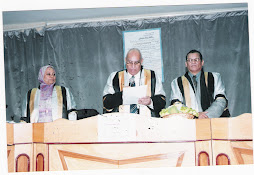
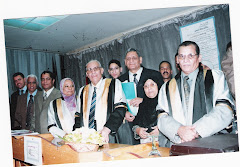

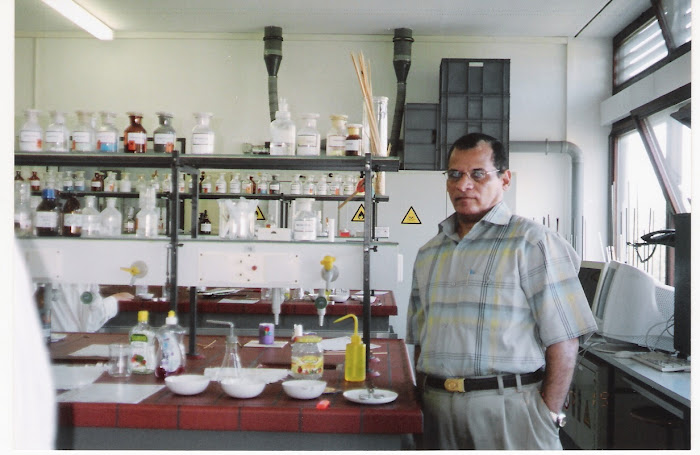
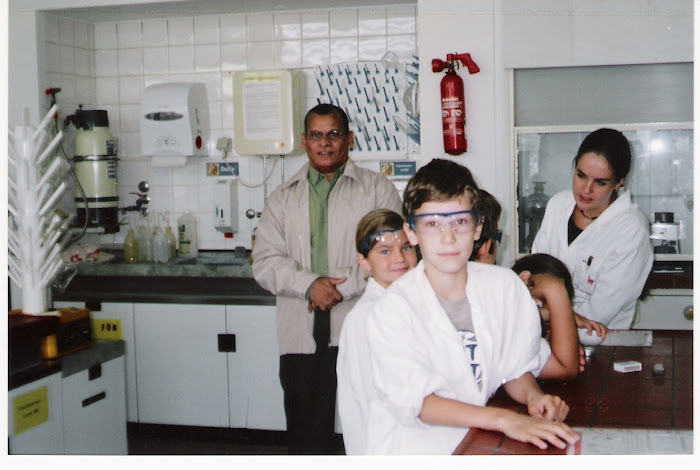


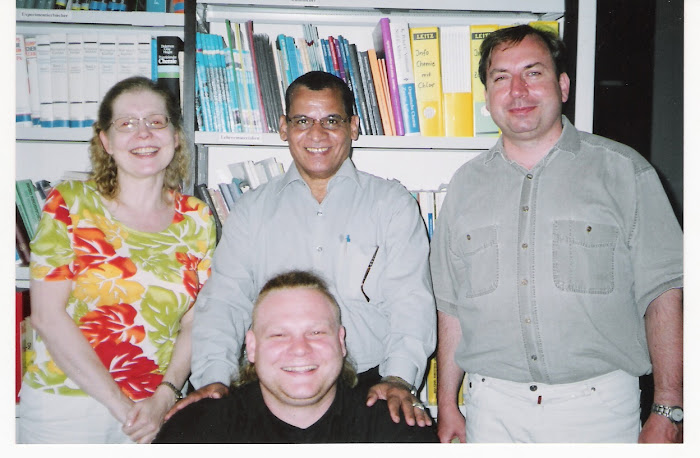

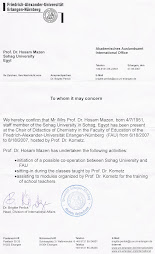


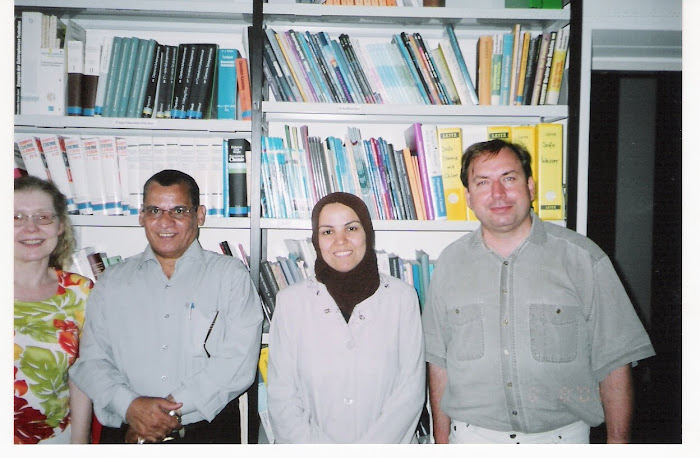
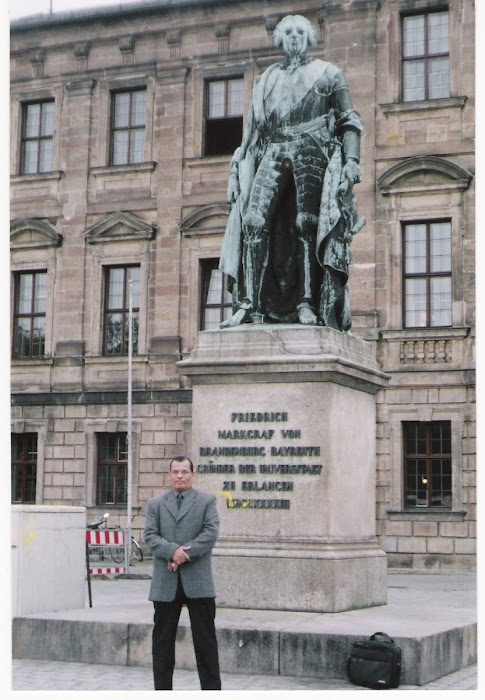


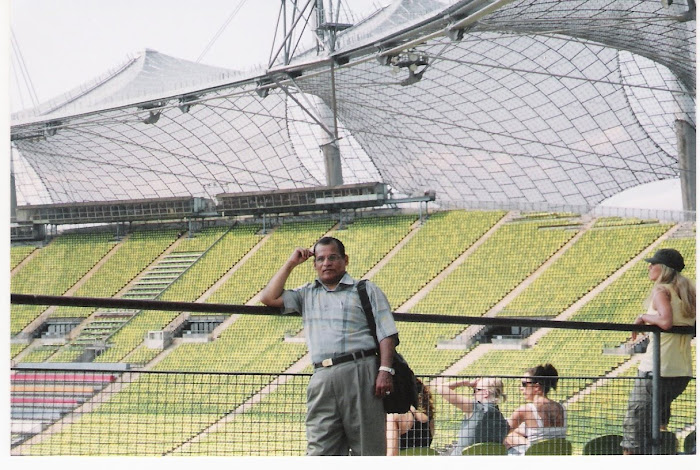








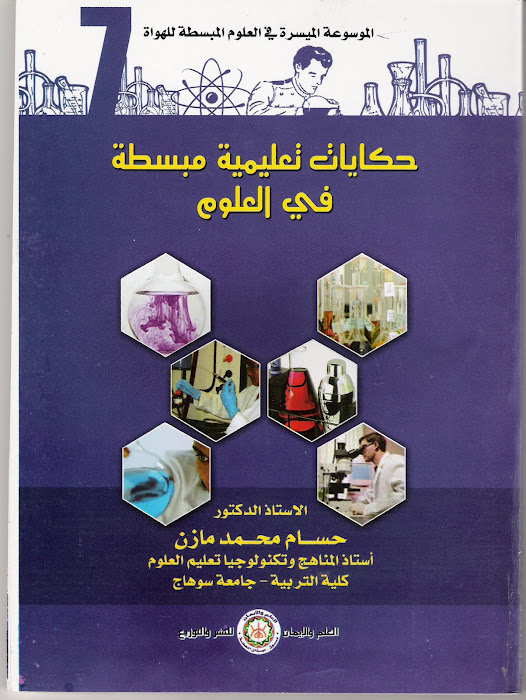


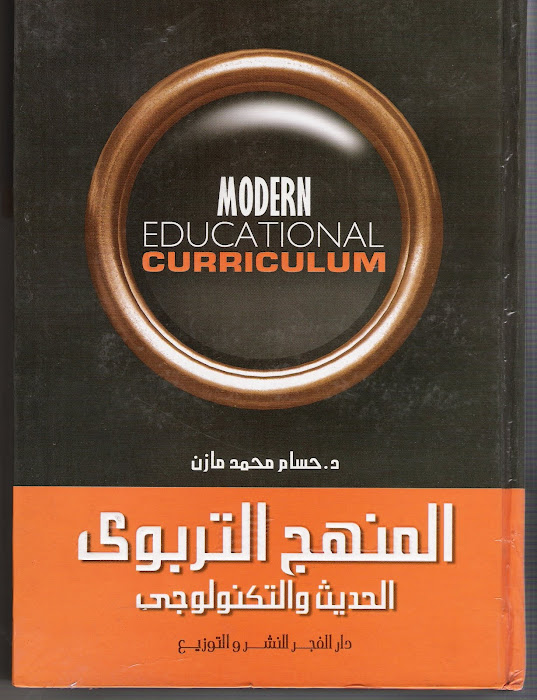



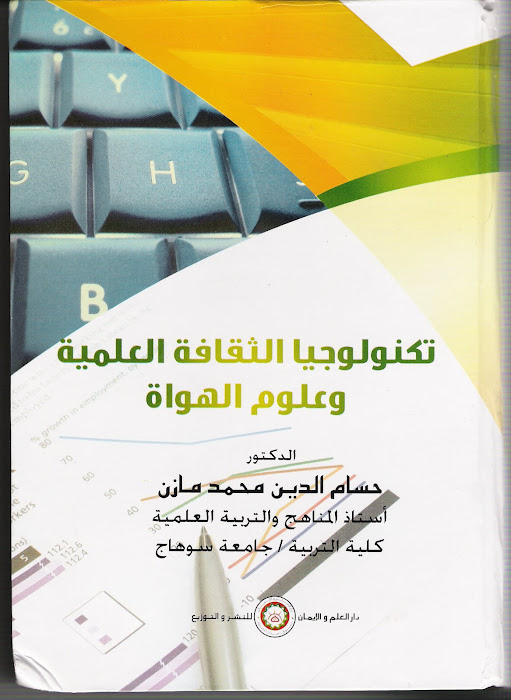








ليست هناك تعليقات:
إرسال تعليق